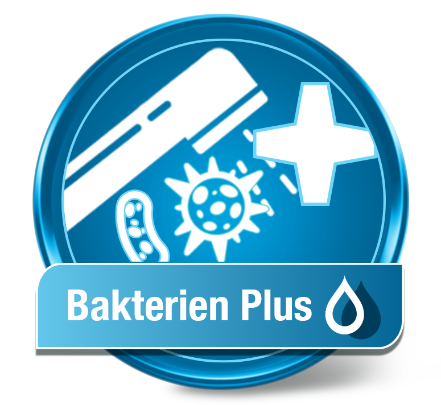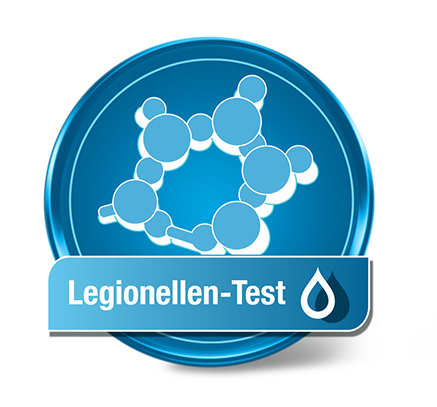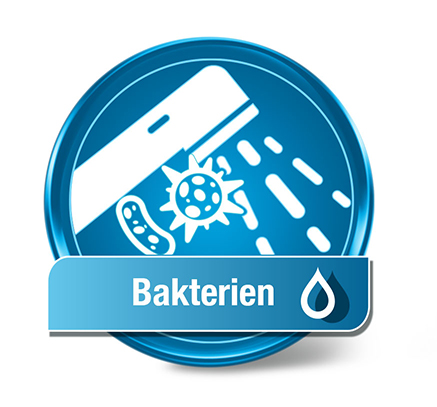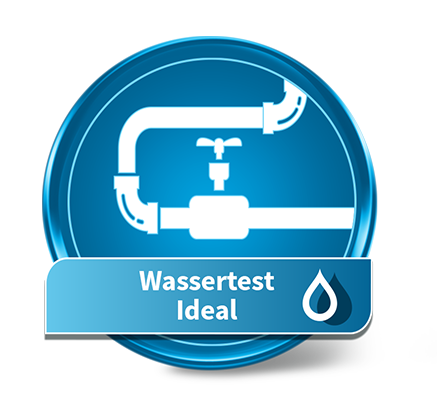Prevent Legionella When You're Away – Protect Your Drinking Water
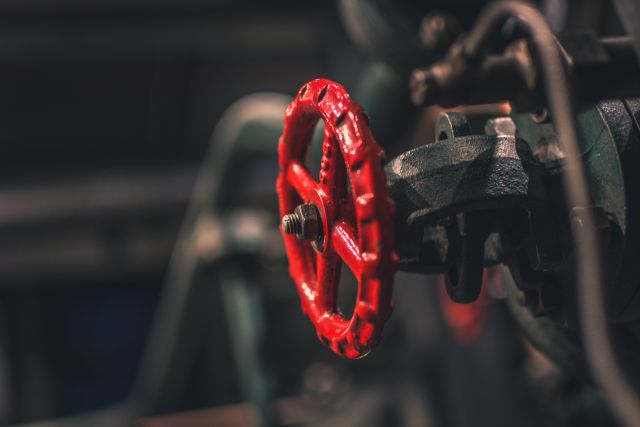
Germs and Legionella in Unused Water
If a water tap isn't used for a longer period – like during holidays or an extended time away from home – germs and harmful bacteria can develop in your tap water. This is especially critical when the water is meant for drinking.
After you return from your trip, don't use the first water directly. Make sure to flush the pipes thoroughly – a good rule of thumb is at least 10 liters per tap.
The Danger of Legionella in Stagnant Water
Legionella are bacterial pathogens that multiply quickly in warm, stagnant water, particularly between 25–50°C. They're not contracted by drinking water, but rather by inhaling aerosols when showering or washing hands. This poses a particular risk for those with weakened immune systems or older individuals.
Effective prevention is key to avoiding Legionella in your tap water, especially if the water has been sitting in the pipes for a long time.
Before You Leave: Close the Main Water Valve
If you're planning an extended absence, it's not enough to just turn off individual taps. Instead, it's wise to completely close the main water valve or the main shut-off valve. This cuts off the water supply to the entire house, reducing the risk of stagnation, pipe bursts, and Legionella growth.
Your main water valve is usually located in the basement (for a detached house) or behind a service panel in the kitchen or bathroom (for a rental apartment), depending on your type of home. If you're unsure, ask your property management or landlord.
After Your Trip: Flush the Water Pipes
Once you're back, carefully open the main water valve. Then, let all taps run one by one for several minutes, ideally with warm water. This helps flush out any stagnant water and potential bacteria from your plumbing system.
For Ultimate Safety: Water Analysis After Your Absence
If you want complete peace of mind, consider having a water analysis done after your vacation. This can detect heavy metals, bacteria, Legionella, and other harmful substances. It's particularly recommended for older buildings or homes with children.
Using a water test kit makes it simple: order the test online, take a sample, send it in – and you're done. The lab will provide a detailed analysis report, giving you clear insight into your water quality.
Summary: Clean Drinking Water, Even After Time Away
- Thoroughly flush pipes after extended periods of non-use.
- Close the main water valve before you go on vacation.
- Prevent Legionella and germs by ensuring regular water exchange.
- If you're uncertain, conduct a professional water analysis.
✔ 20 common PFAS chemicals
✔ Per- and polyfluorinated alkyl substances
✔ Heavy metals and pollutants
✔ For general drinking water, softeners
✔ E. coli, coliform bacteria
✔ Enterococci
✔ Risk of transmission during showering
✔ Causes Legionnaires' disease
✔ Focus on bacterial contamination
✔ For general drinking water, softeners
✔ Heavy metals and contaminants
✔ Separate bacteria test recommended
✔ Most common contaminants
✔ Bacteria analysis available separately
✔ Analysis for lead also included
✔ Separate bacteria test recommended
✔ 100 Test strips
✔ For general drinking water, water softeners



